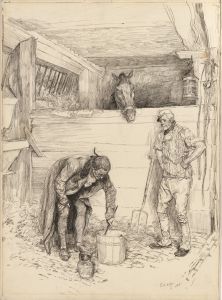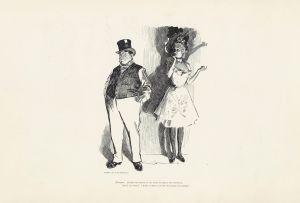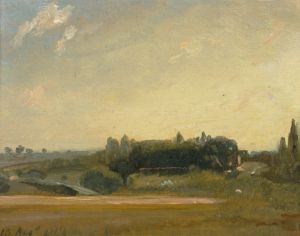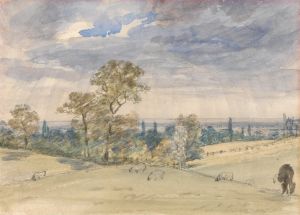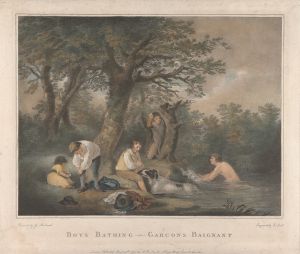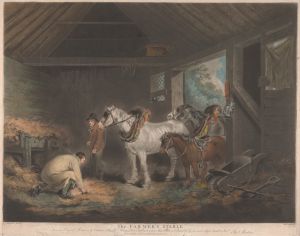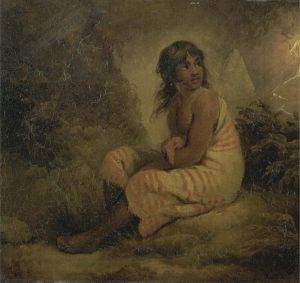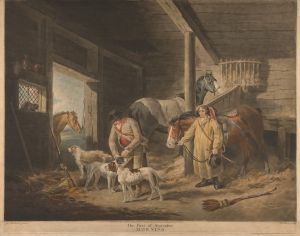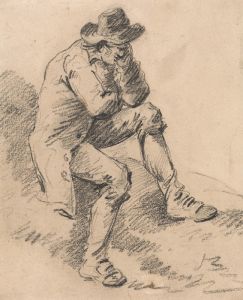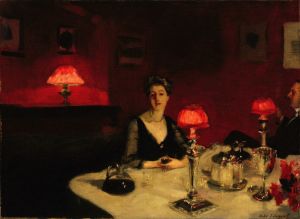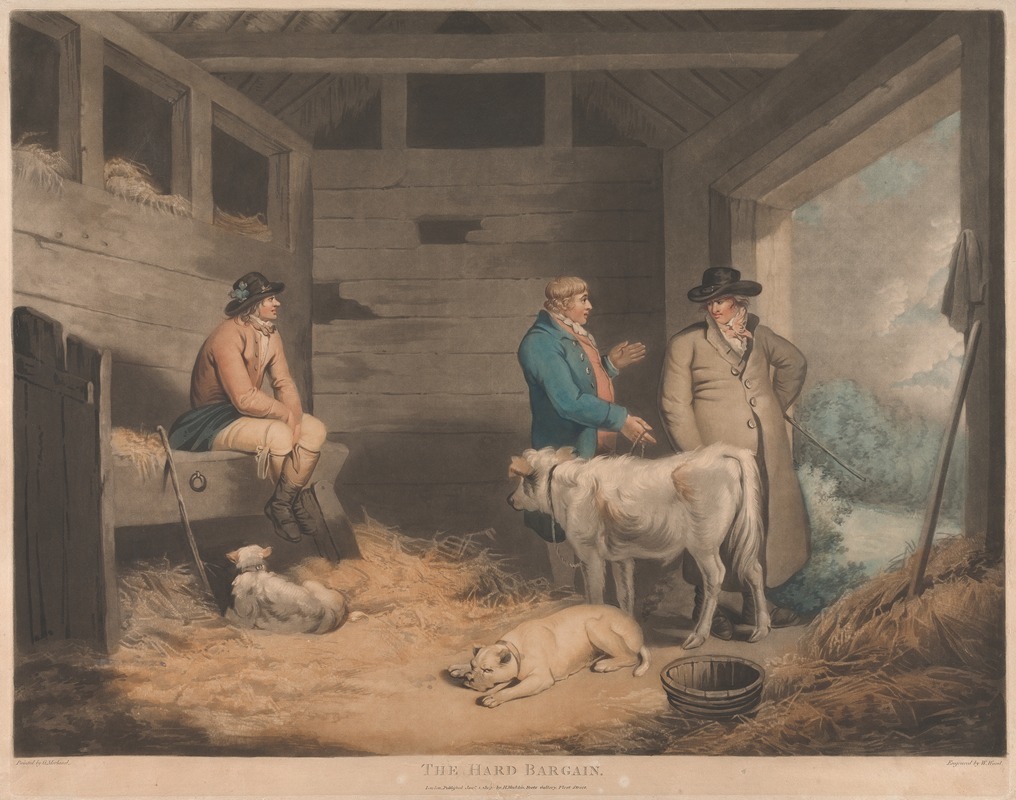
The Hard Bargain
A hand-painted replica of George Morland’s masterpiece The Hard Bargain, meticulously crafted by professional artists to capture the true essence of the original. Each piece is created with museum-quality canvas and rare mineral pigments, carefully painted by experienced artists with delicate brushstrokes and rich, layered colors to perfectly recreate the texture of the original artwork. Unlike machine-printed reproductions, this hand-painted version brings the painting to life, infused with the artist’s emotions and skill in every stroke. Whether for personal collection or home decoration, it instantly elevates the artistic atmosphere of any space.
George Morland (1763–1804) was a prominent English painter known for his rustic and rural scenes, often depicting the everyday life of the lower classes in the late 18th century. One of his notable works is "The Hard Bargain," which exemplifies his skill in capturing the nuances of human interaction and the social dynamics of his time.
"The Hard Bargain" is an oil painting that reflects Morland's keen interest in the lives of common people, a theme that recurs throughout his body of work. The painting typically features a scene where individuals are engaged in a negotiation or transaction, often set in a rural or rustic environment. Morland's ability to portray such scenes with authenticity and empathy is a hallmark of his style, which combines elements of genre painting with a focus on narrative detail.
Morland's work is characterized by its attention to detail and the realistic portrayal of characters. In "The Hard Bargain," he captures the expressions and body language of the figures involved in the negotiation, providing insight into their personalities and the nature of their interaction. This focus on human expression and interaction is a significant aspect of Morland's work, setting him apart from many of his contemporaries who often idealized or romanticized rural life.
The composition of "The Hard Bargain" is carefully constructed to draw the viewer's attention to the central action of the scene. Morland often used light and shadow to highlight key elements and create a sense of depth, adding to the realism of the scene. His use of color is typically muted, reflecting the earthy tones of the rural settings he favored, and contributing to the overall atmosphere of the painting.
Morland's paintings, including "The Hard Bargain," were well-received in his time, and he enjoyed considerable popularity. His works were often reproduced as prints, making them accessible to a wider audience and contributing to his reputation as a leading artist of his era. Despite his success, Morland's personal life was marked by financial difficulties and a struggle with alcoholism, which ultimately affected his career and output.
"The Hard Bargain" is representative of Morland's broader oeuvre, which often explored themes of rural life, social interaction, and the human condition. His paintings provide valuable insights into the social and cultural context of late 18th-century England, capturing the essence of a period marked by significant social and economic change.
Today, George Morland's work, including "The Hard Bargain," is appreciated for its historical significance and artistic merit. His ability to depict the subtleties of human behavior and the realities of rural life continues to resonate with audiences, offering a window into the past through the lens of his distinctive artistic vision. Morland's paintings are held in various collections, and his contribution to the genre of rural and genre painting remains influential, reflecting the enduring appeal of his work.





